MoMA’s NEW PHOTOGRAPHY 2012
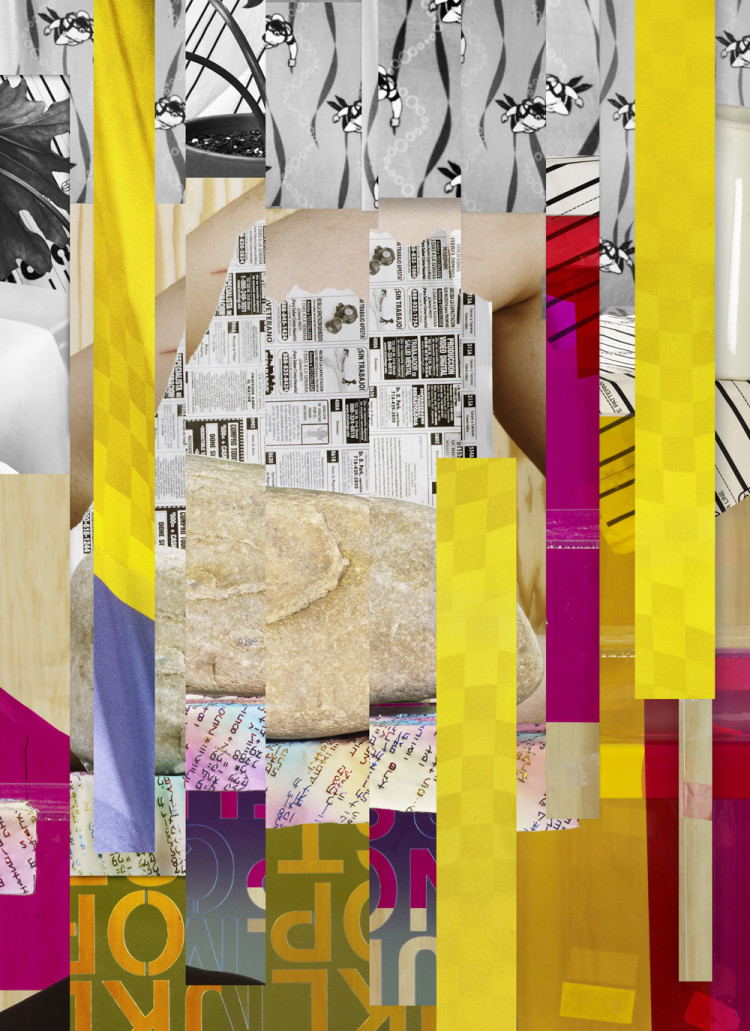
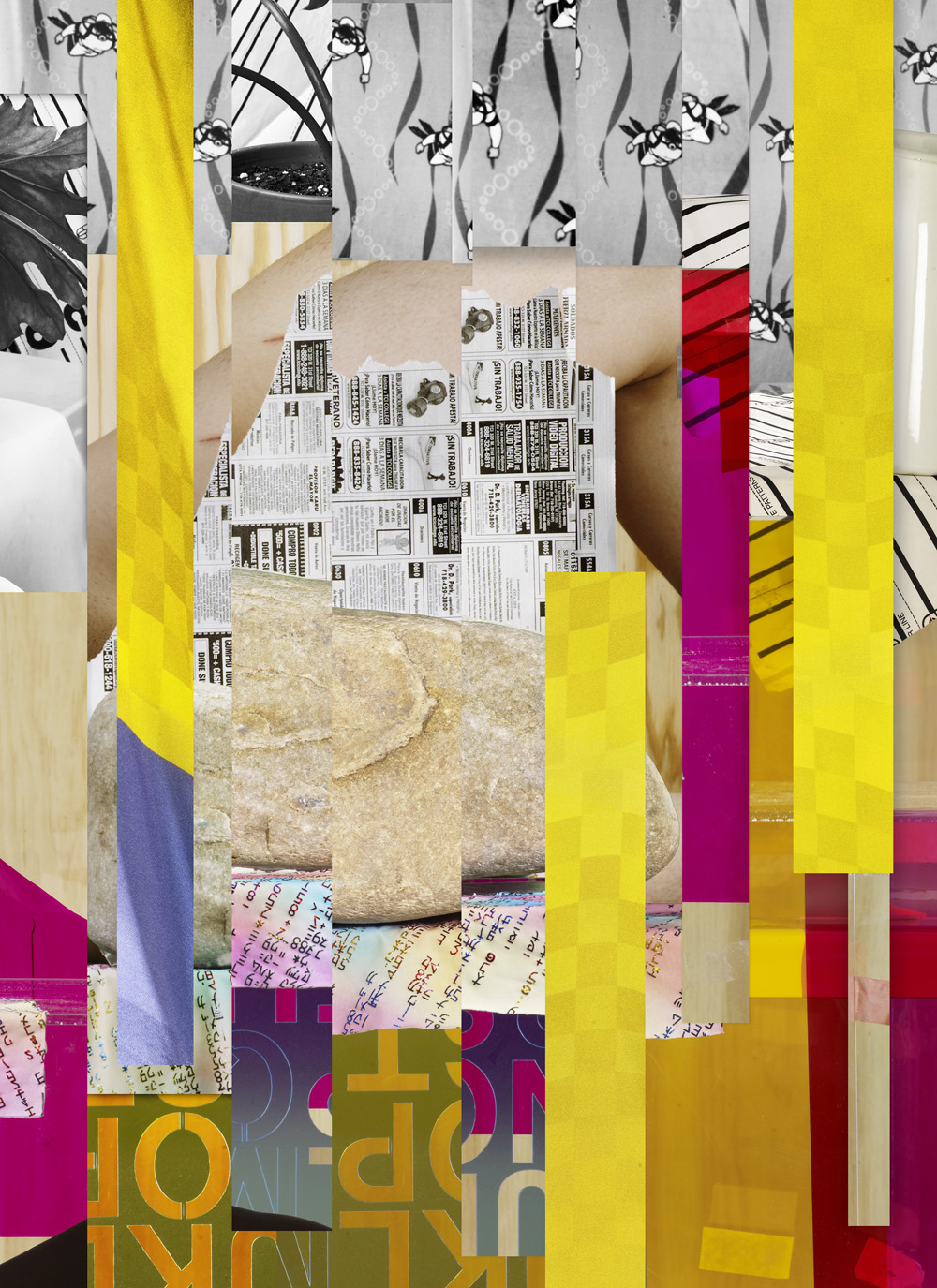
MoMA’s NEW PHOTOGRAPHY 2012 HIGHLIGHTS FIVE CONTEMPORARY ARTISTS WHOSE WORK EXPANDS THE DEFINITION OF PHOTOGRAPHY IN THE TWENTY-FIRST CENTURY
New Photography 2012: Michele Abeles, Birdhead, Anne Collier, Zoe Crosher, Shirana Shahbazi
October 3, 2012–February 4, 2013
The Robert and Joyce Menschel Photography Gallery, third floor
Press Preview: Tuesday, October 2, 2012, 10:00 a.m.–12:00 p.m. Invitation to follow.
NEW YORK, August 23, 2012—The Museum of Modern Art presents the 27th annual New Photography exhibition, from October 3, 2012 through February 4, 2013, in The Robert and Joyce Menschel Gallery. This year, the exhibition features the work of New York-based Michele Abeles, Shanghai-based collaborative Birdhead, New York-based Anne Collier, Los Angeles-based Zoe Crosher, and Zurich-based, Iranian-born Shirana Shahbazi, who each examine and expand the conventional definitions of photography. They challenge photography as a representational medium, explore the process of picture making, exploit the proliferation of images in a media-saturated world, and blur the lines between photography and other artistic disciplines. The exhibition is organized by Eva Respini, Associate Curator, Department of Photography.
The five artists in New Photography 2012 have different working methods and pictorial modes, ranging from abstract to representational, but natural relationships among their separate bodies of work are revealed in the work shown here. Anne Collier and Zoe Crosher make pictures from other images in order to examine the ways that meaning and cultural values are embedded in photographs. The studio pictures of Michele Abeles and Shirana Shahbazi are the result of processes involving collection, assembly, and in-camera manipulation. Birdhead’s obsessive photographic chronicling resonates with Crosher’s re-consideration of an existing archive. These connections, among many others, reveal the artists’ common strategies and their individual approaches to related ideas.
Michele Abeles (American, b. 1977)
Michele Abeles’s studio constructions combine common objects—wine bottles, terra-cotta pots, newspapers, and printed fabrics—with nude males, to create images that renegotiate the creative process of studio photography. Attempting to strip her objects from symbolic or narrative associations, Abeles’s uses props that are familiar, generic, and even bland. Her male models are positioned like mannequins, often posed so their bodies are truncated by the frame. Titles such as Red, Rock, Cigarettes, Newspaper, Body, Wood, Lycra, Bottle (2011), which inventories the items in the photograph, are used to further emphasize their generic quality.
In Abeles’s pictures, space appears flattened, often with a confusing scale and spatial relationships. Much of this trickery occurs in the studio and in camera—the artist places colored gels over Plexiglas in front of her lens to produce geometric and fragmented layers that mimic digital post-production manipulation. In 2012, responding to the consumption of images in our media-saturated era, Abeles began making photographs employing digital tools. These works refer to how we view images today, often on a computer screen—a flattened space cluttered with layered windows. One example, #4 (2012) recalls the swipe mechanism on an iPad or iPhone, with a cropped image on the left suggesting a picture in mid-swipe or an image outside of the photographic frame. Symptomatic of the endless recirculation of images today, Abeles uses elements from her older photographs to make new work, as in Progressive Substitution Drills (2012), where a rock, printed fabric, and newspaper a scrap of newspaper from earlier photographs appear, binding the two works together.
Birdhead (Ji Weiyu, Chinese, b. 1980; and Song Tao, Chinese, b. 1979)
Ji Weiyu and Song Tao work together under the collective name Birdhead, making photographs of their hometown of Shanghai. Like the metropolis itself, their photographs are teeming with energy—within the large grid of pictures, no image or narrative is given preference. Birdhead’s snapshot-like photographs chronicle the social fabric of the city and capture seemingly unremarkable encounters in daily life, including the natural environment found among the urban landscape. Potted plants, a bonsai, overgrown bushes, and a knotted tree trunk are presented alongside images of newly constructed bridges, detritus lapping at the shore of the Huangpu River, traditional dwellings dwarfed by new apartment towers, and the distinctive landmark of the Oriental Pearl Radio & TV Tower. Included are images of friends and strangers they encounter in their wanderings around the city. At the center of the grid is a self-portrait of Birdhead, emphasizing how their view of Shanghai is rooted in personal and shared experiences of the city.
In many of their installations, Birdhead include classic Chinese poems by photographing Chinese characters found on the streets and locations around Shanghai. Presented in traditional mahogany frames and reminiscent of scrolls in their vertical format, photographs of eight characters constitute a verse from a poem (translated as And so, with joy in my heart, I hum this song) written in 207 CE by Han Dynasty warlord and poet Cao Cao, linking China’s past to the present.
Birdhead’s compulsive picture making mirrors contemporary culture’s saturation of images and fascination with self-documentation via social networking sites and mobile applications. However, Birdhead eschews digital technology in favor of analog cameras.
Anne Collier (American, b. 1970)
Anne Collier juxtaposes an almost conventional approach to still-life photography with techniques of appropriation to create her meticulously arranged compositions. Photographed against flat,
plain surfaces in her studio, Collier’s found objects—record covers, magazine pages, appointment calendars, and postcards—reveal her interest mass media and pop culture materials from the 1960s, 1970s, and 1980s. Informed as much by West Coast Conceptual art as by commercial product photography and advertising, her deadpan pictures (which are often humorous and subtly self-reflexive) present a set of formal and psychological associations that frame recurrent tensions of power and gender.
The works in this display investigate the culture of photography, the conventions of the genre of nude photography, and the act of seeing. Woman with Cameras #1, featuring a two-page spread from a 1970s trade publication, illustrates the often-gendered nature of photographic culture during that era, when objectified female subjects were used to sell photography products to a predominately male audience.
Collier’s still lifes highlight the materiality of photographic reproduction and the deployment of images within print culture, now increasingly rendered obsolete by digital technologies. Deeply invested in the history of photography as a medium of art and intellectual inquiry, Collier’s work questions and recontextualizes the often clichéd language of popular imagery, alternately suggesting biographical history and a more widespread nostalgic attraction to found material.
Zoe Crosher (American, b. 1975)
In The Michelle duBois project, Zoe Crosher assembles a variety of tourist and other posed images that inhabit the space between fantasy and documentary. Drawn from an obsessively assembled collection of self-portraits by Michelle duBois, one of many aliases of an all-American girl from Oklahoma and occasional escort, Crosher has re-photographed, scanned, enlarged, altered, and re-edited duBois’ amateur pictures from the 1960s, 1970s, and 1980s to create complicated and alternate narratives that serve to frame her relationship with her subject and with photography at large.
A woman with a penchant for self-display, duBois photographed herself in a variety of guises and emulated classic tropes of femininity for the camera. In these images—some taken by friends and clients, some by strangers, others studio portraits—duBois presents herself alternately as the 1930s actress and sex symbol, Mae West; a sexy nurse in a starched white uniform; and a trench coat-clad femme fatale, mysteriously silhouetted in a doorway.
Throughout the duBois project, Crosher has manipulated the original images to emphasize the archive’s tenuous physicality through an awareness of materials. The Mae Wested pictures have been crumpled, rephotographed, and printed on metallic paper, resulting in shimmering surfaces that evoke the silver screen. The fading in the multipart The Other Disappeared Nurse suggests the vanishing of identity, but also of analog photography. With this body of work, Crosher questions the possibilities of self-portraiture and representation, and the impossibility of knowing oneself even through an endless accumulation of images.
Shirana Shahbazi (German, b. Iran 1974)
Shirana Shahbazi makes photographs in classical art historical genres like portraiture, still life, and landscape, often translating and repeating her images in different media to question and expand the boundaries of photography. In the past, for instance, her photographic works have been transposed to hand-knotted carpets or painted as photorealistic billboards by artisans hired in her native Iran. More recently, Shahbazi has produced work that is architectural in scale to create installations comprising of multiple images hung on wallpaper, as seen in the site-specific installation at MoMA. This display features a repeated geometric pattern derived from one of her abstract photographs, printed as a lithograph and wrapped around the center wall of the gallery like wallpaper.
Alternating between abstraction and representation, Shahbazi’s vividly colored pictures are made in the crisp style of commercial studio photography and without the aid of digital tools. Her abstract compositions are achieved through photographing geometric volumes and pedestals, whose sides are painted various colors. Sometimes she makes multiple exposures of the same set of volumes, turning the blocks or volumes between exposures to create a dynamic interplay between surface and depth, resulting in a sumptuous field of geometric color and pattern. Shahbazi arranges her pictures in astonishing combinations to further probe the construction of photographic meaning. Shahbazi’s arrangements draw similarities between pictures from seemingly different genres, and point to the structural parallels between outside and inside, organic and manufactured, and the natural and constructed landscape. Her photographs, translated into different media and arranged in different groupings each time they are shown, play with the viewer’s perception with every new iteration.
New Photography
Since its inception in 1985, New Photography has introduced the work of 89 artists from 17 countries. The annual fall series continues to highlight the Museum’s commitment to the work of less familiar artists, and seeks to represent the diversity and vitality of contemporary photography today.
SPONSORSHIP:
The exhibition is made possible by Polaroid Eyewear (by Safilo Group).
LIVE STREAM TOUR:
A live-stream walkthrough of the exhibition will be guided by Eva Respini, Curator, Department of Photography, on October 16.
WEBSITE:
Accompanying New Photography 2012 is a dedicated website, MoMA.org/interactives/exhibitions/2012/NewPhotography/, featuring an audio slideshow with artist commentary describing the works that appear in the exhibition.
Position the cursor on the images to view captions, click on images to enlarge them.
Posizionare il cursore sulle immagini per leggere le didascalie; cliccare sulle immagini per ingrandirle.

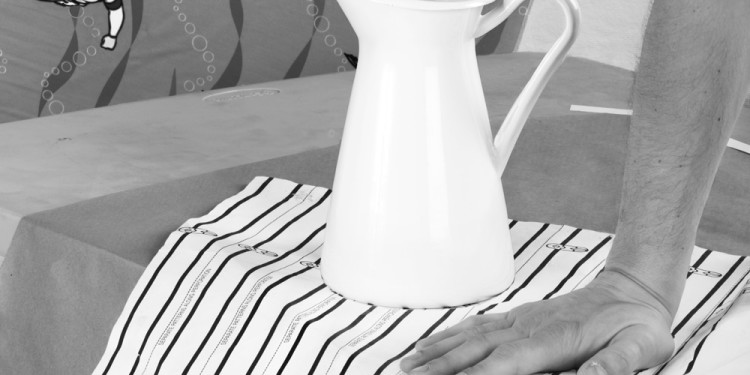
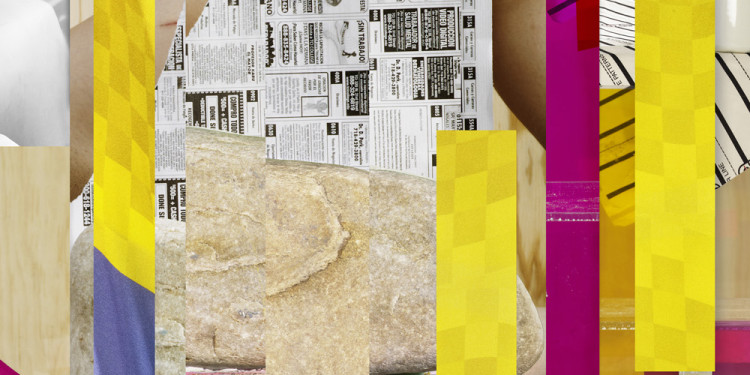
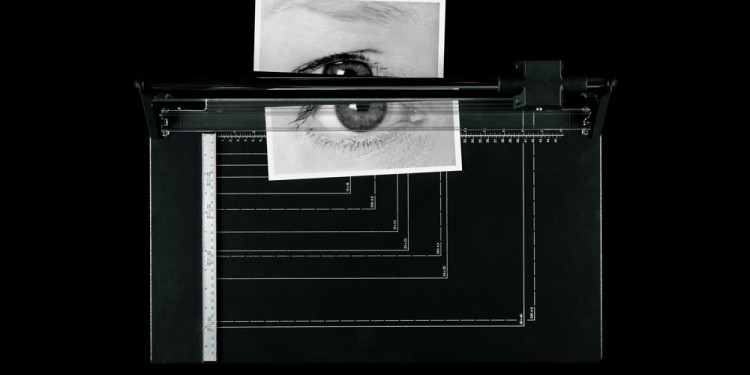
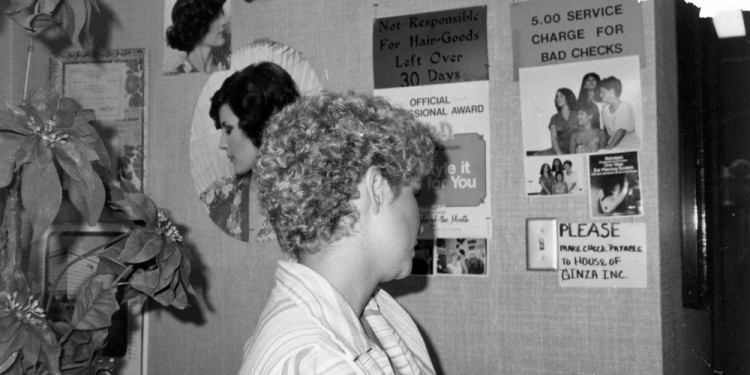
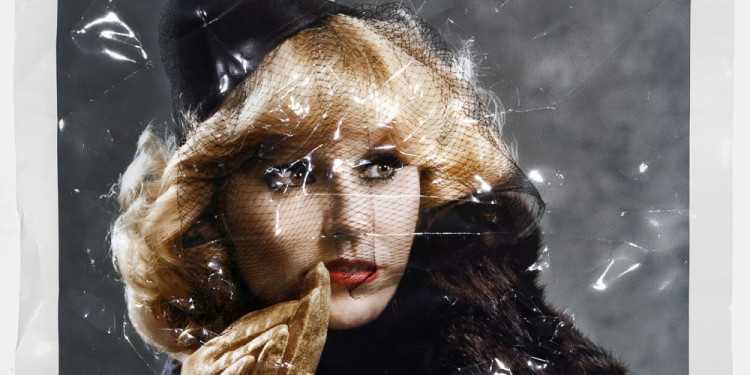
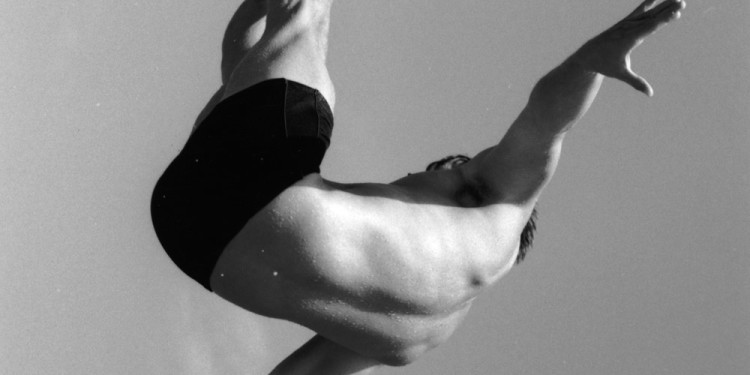
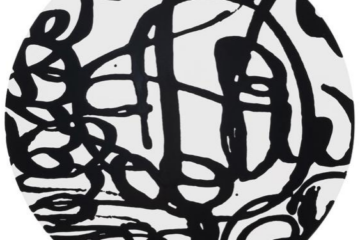
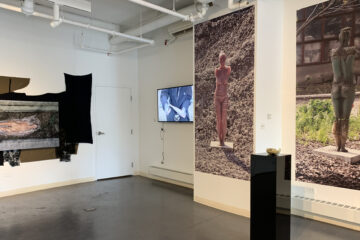
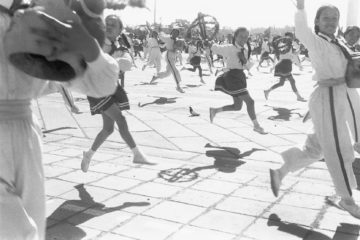
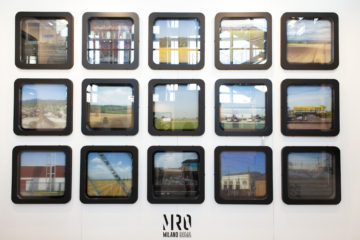

No Comment